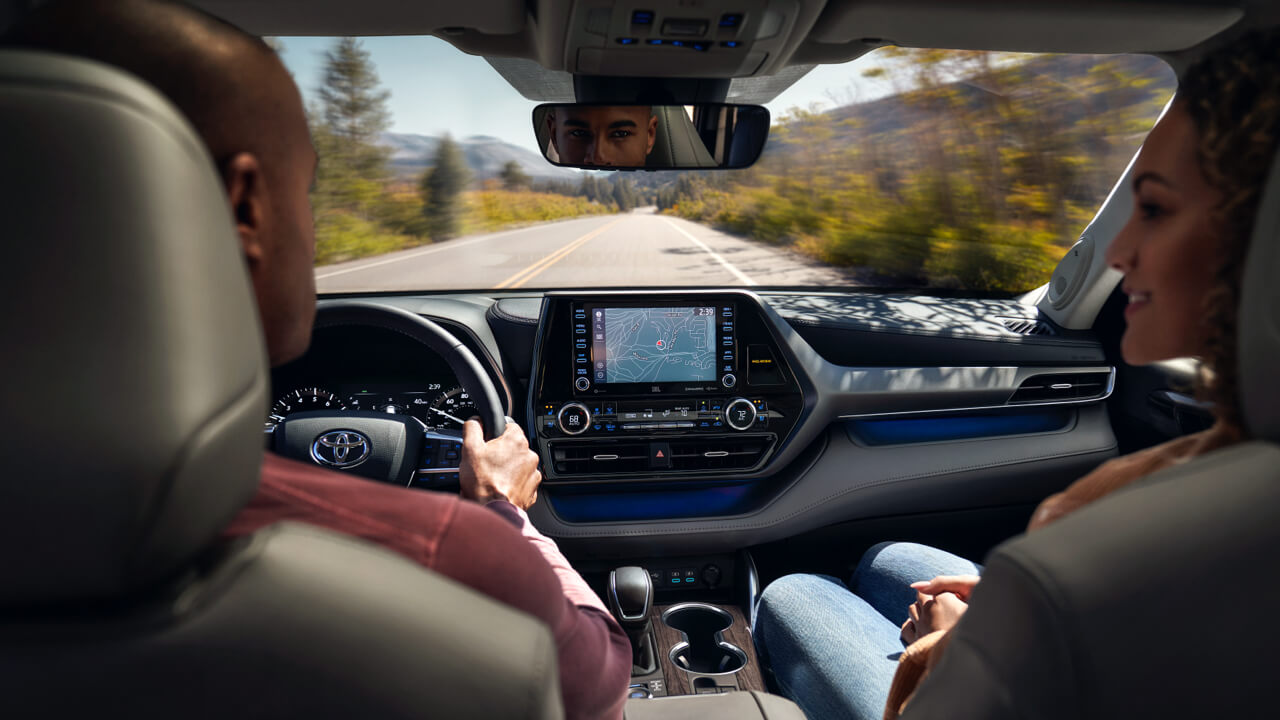
Excess wear and use

What is excess wear?
Because your lease is designed for your lifestyle, small amounts of wear are okay. And while it may seem obvious, any damage that is beyond normal wear and tear is considered excessive; some examples may include wear caused by neglect, damage, abuse, altering the vehicle’s appearance, lack of maintenance, improper repairs, or mileage that exceeds the limits of your lease.
To help you determine the difference between normal and excess wear, and avoid surprises down the road, the comparison charts below will help you by sharing specific examples of both.
How can you help avoid excess wear and use charges?
It all begins on day one at the dealership, by first making sure that you’re familiar with the mileage and vehicle condition requirements that you’re committing to in your Lease Agreement. Knowing these terms up front will help you to take the best care of your leased vehicle.
Additionally, throughout the lease, it’s critical to make sure you always have the vehicle’s regularly scheduled maintenance performed. The best part is, your regular maintenance is included in your ToyotaCare for the first 2 years or 25,000 miles, whichever comes first.
Last, make yourself aware of some of the types of damages that could result in additional charges, by reviewing these general guidelines on the differences between normal and excess wear:

Mileage
Whether you’re a regular at scenic drives, road trips, or mastering the work commute, it’s easy to lose track of how your mileage is adding up!
One of the best ways to avoid excess mileage is to review your lease specifics within the first few weeks that you have your new vehicle, because it’s common to forget the details in all the excitement of driving that new Toyota off the lot! By taking a few moments to confirm in your Lease Agreement the total number of miles that you may drive for the length of your lease, you can help avoid surprises during your vehicle return process.
When you do return your lease, if the mileage on the vehicle exceeds the mileage terms you agreed to, you will be charged for any additional miles. Your Lease Agreement is also where you will find the per-mile charge for these additional miles.
As an example, let’s say you agreed to a maximum of 36,000 miles for your 36-month lease, with an excess mileage charge of $0.18/mile. If you turned in your vehicle at 36 months, with a total of 37,000 miles, your charge would be charged $180 for those 1,000 extra miles:
37,000 miles driven
- 36,000 miles allotted in Lease Agreement
1,000 excess miles
1,000 x $0.18 = $180.00 added to your final bill
- Final odometer reading at or below the total mileage amount agreed upon in your lease contract
- Final odometer reading above the total mileage amount agreed upon in your lease contract
Excessive Wear and Use
To help you gain a better understanding, the tables below share some examples of normal wear compared to excess wear that will need attention. The intent of the examples provided is not meant to be an exhaustive list of damage considered excess wear and use.
Dings and dents
Small parking spaces, blind spots, and even mother nature can leave their mark on your car. We expect a few small dents and dings, but you will be responsible to fix anything larger.
- Smaller than or equal to 1" in diameter
- Six or fewer dings and dents per panel
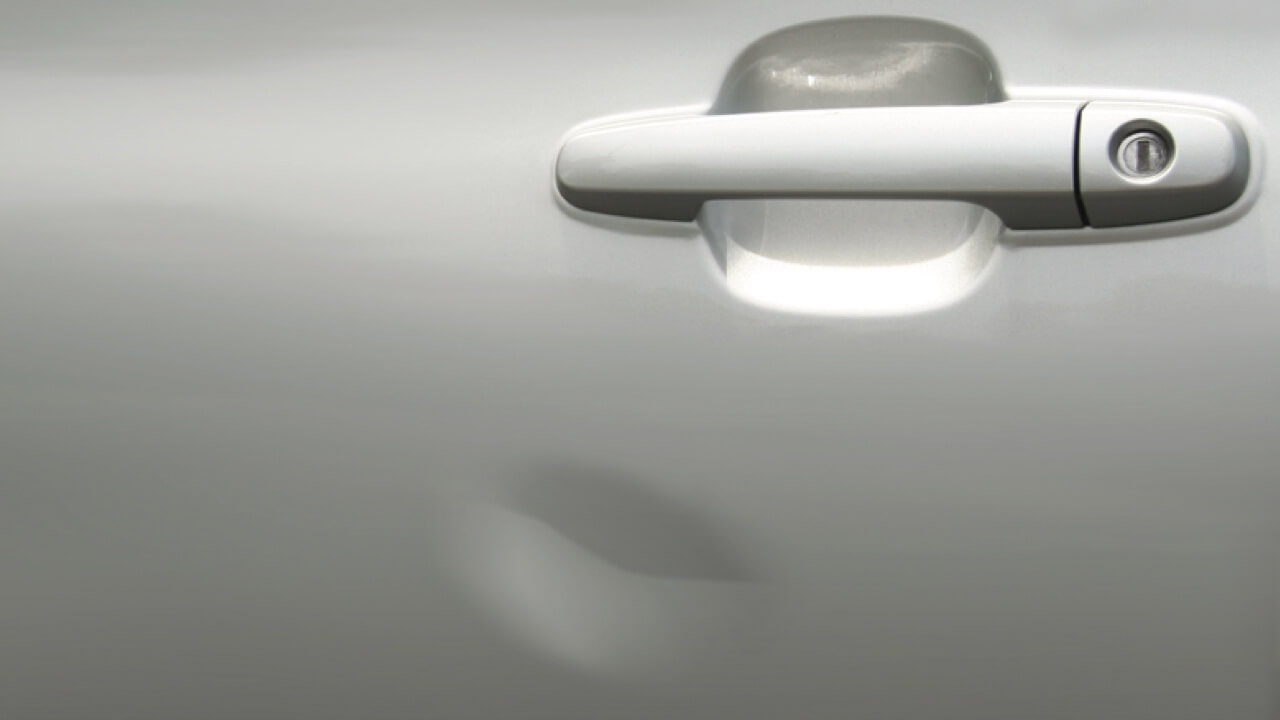
- Larger than 1" in diameter
- Seven or more dings and dents per panel
Interior
When it comes to taking care of the interior of your lease, we know it’s not always possible to avoid stains and spills if you have to eat on the go. If a spill happens, try to have it professionally cleaned sooner rather than later – this can help prevent the stain from setting in. It’s probably also a good idea to avoid smoking in your lease, since this is the only way to guarantee that you won’t leave accidental burn marks or a smoke odor.
- Scratches in cloth or leather interior
- Minimal stains that can easily be removed

- Tears, burns or singes in cloth or leather
- Heavy stains that cannot be removed
Paint
A few small scratches are normal and acceptable; these can usually be buffed out during reconditioning. However, multiple scratches or chips that break the paint are much more difficult to repair; as a result, you may be charged for the damages.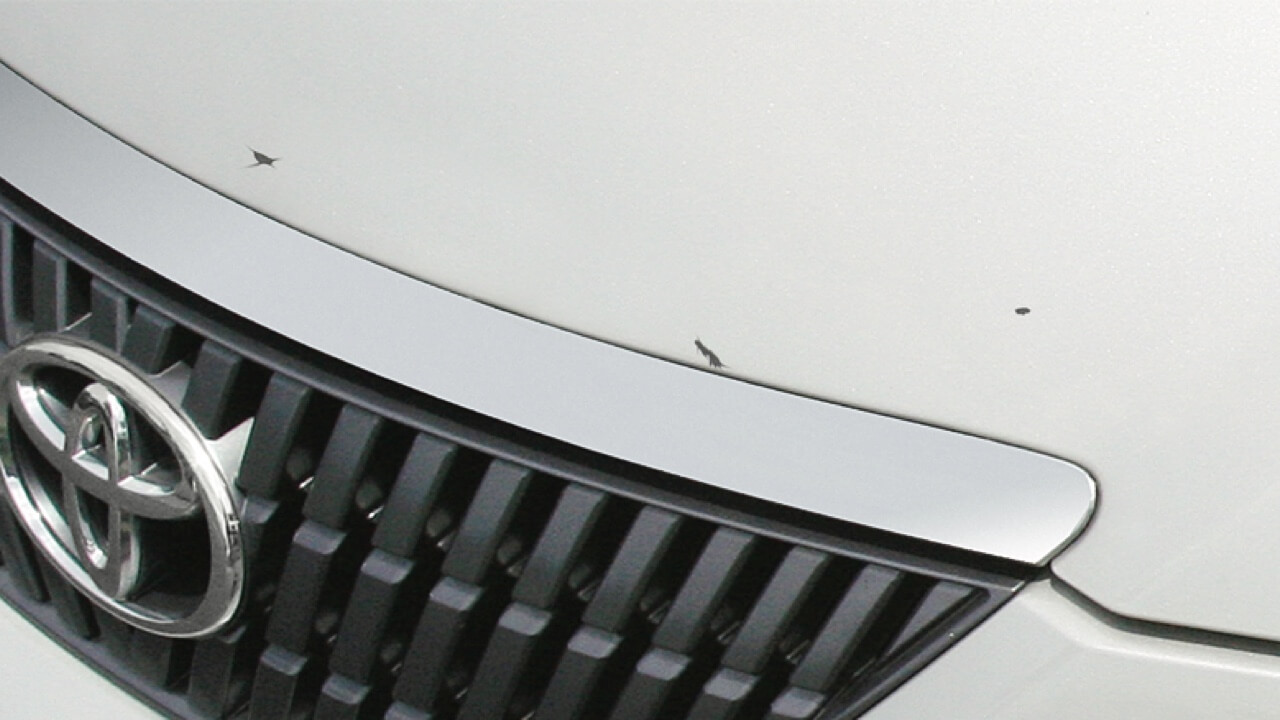
- Paint chips or scratches less than or equal to 2" in length
- Ten or fewer paint chips
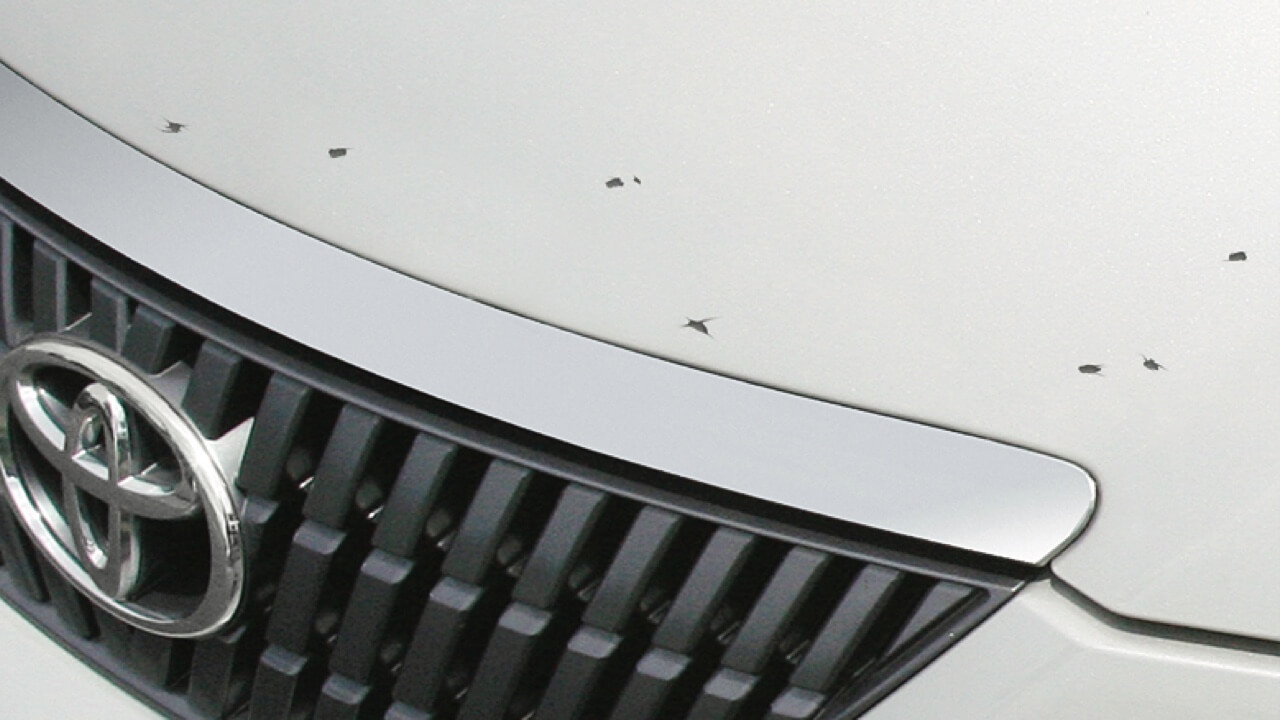
- Paint chips or scratches greater than 2" in length
- Eleven or more paint chips
Glass
Roadside rocks, debris, and falling tree branches are just a few of the things that can leave cracks or chips in your glass. If you have windshield damage that falls into the excess category, you should check with your auto insurance company about your state’s glass laws - some states require your insurance to replace the windshield at no cost to you!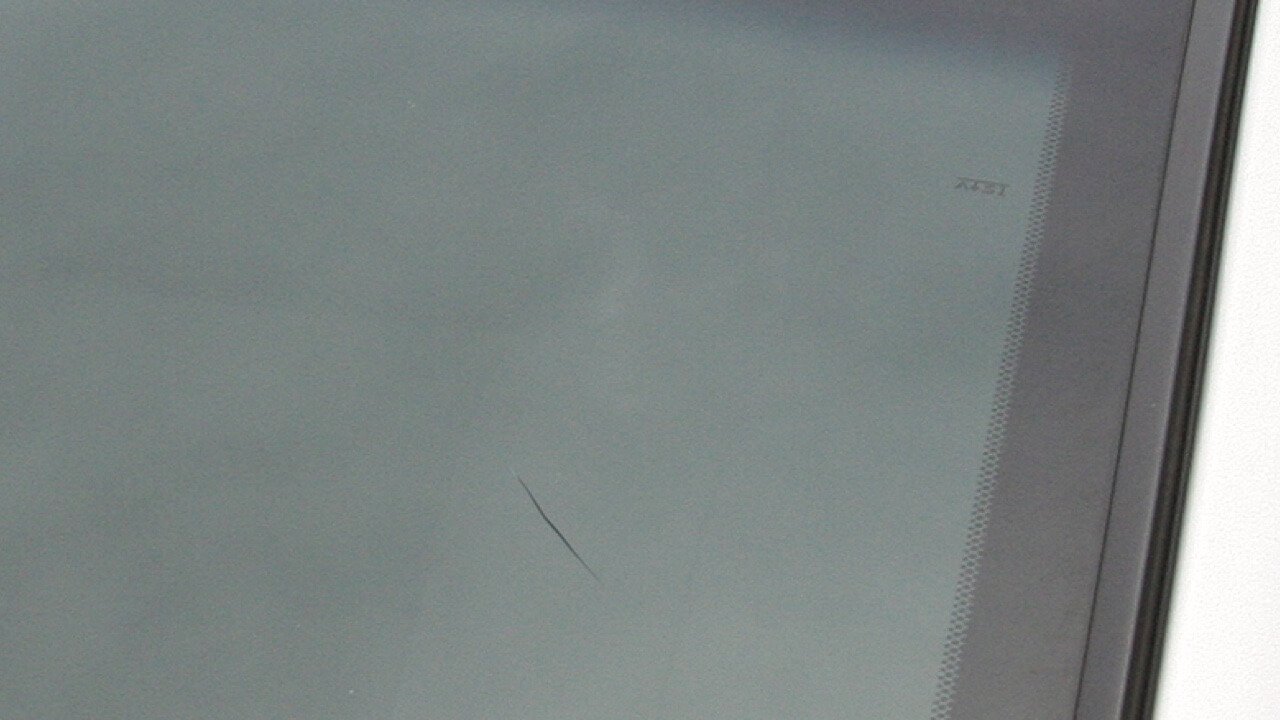
-
Repairable damage, such as a chip, star, or light scratch that is less than ½” in diameter or length
-
Three or fewer pits or scratches in the windshield
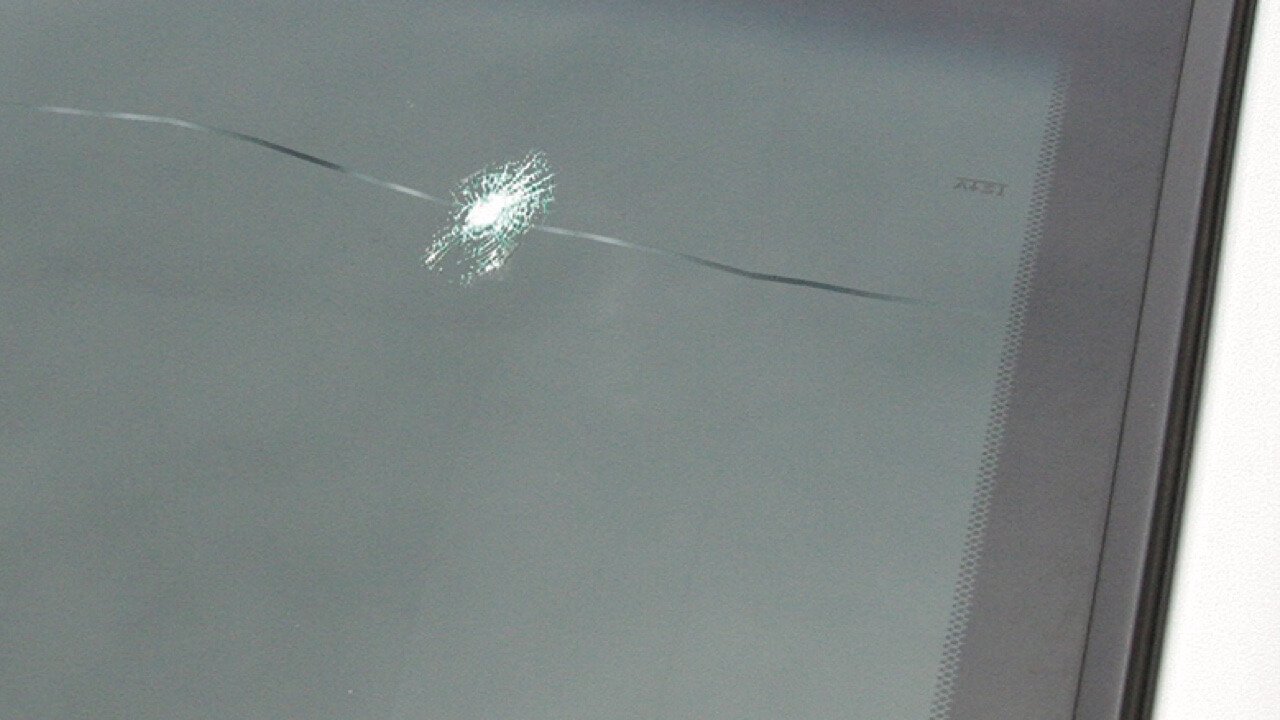
- Replacement or non-repairable damage, such as a chip, star or crack greater than ½” in diameter or length
- Four or more pits or scratches in the windshield
Wheels
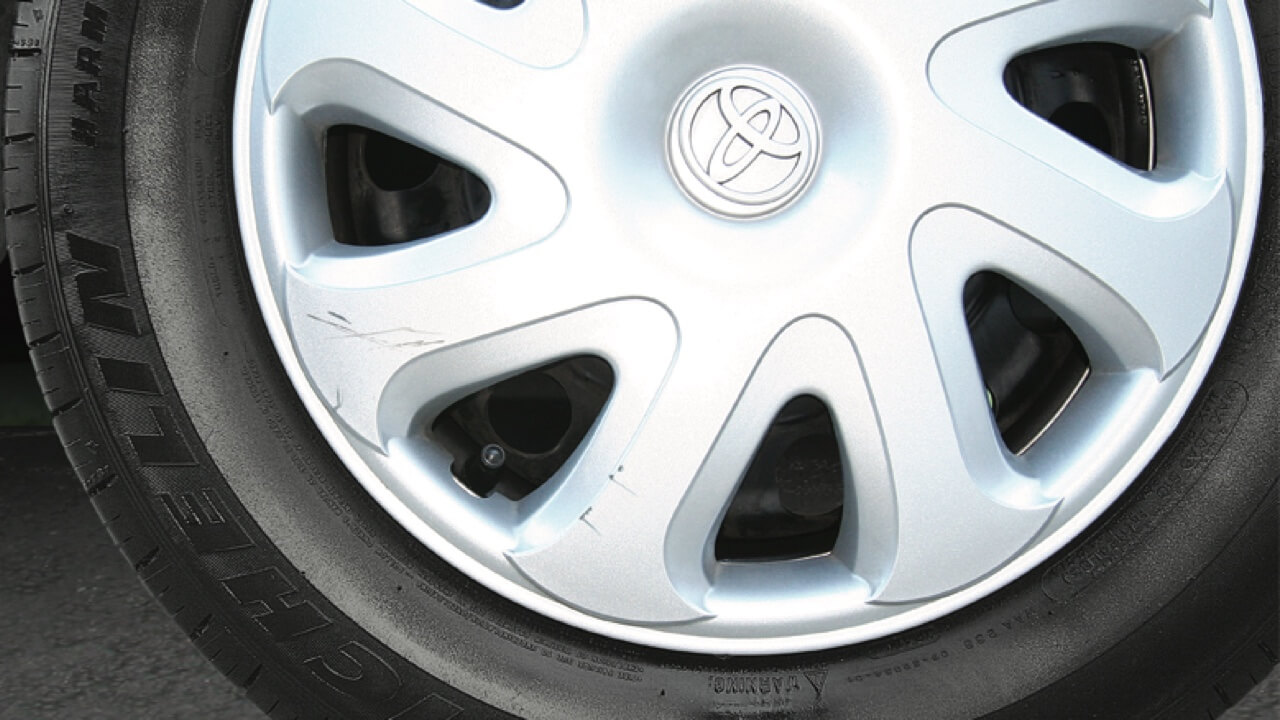
- Scratched wheel covers
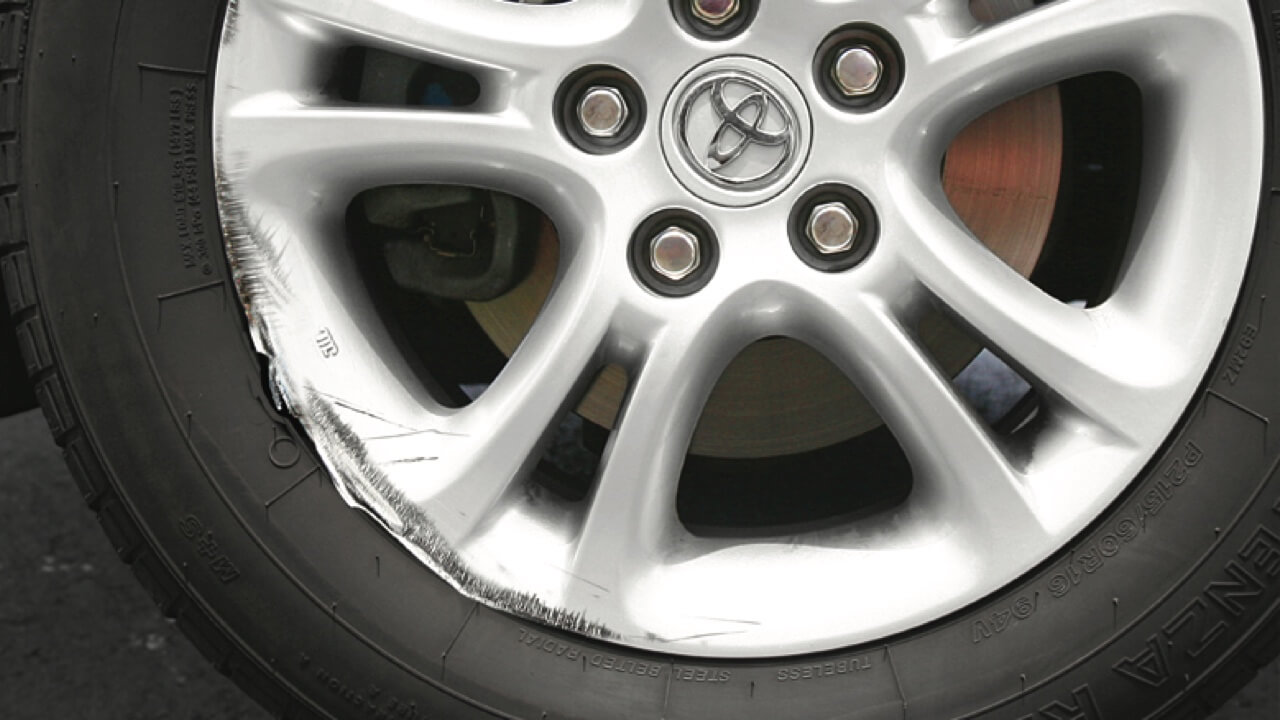
- Missing wheel covers, jack and/or wheel wrench
- Bent, cracked, broken wheel cover and/or center cap
- Any gouges and/or abrasions equal to or greater than one inch
- Oxidized aluminum alloy wheel, greater than 50%
Tires
One thing that often gets overlooked by lessees are the condition of their tires – not only the tread depth that remains when their lease is turned in, but also if tires show uneven wear due to a misalignment.Again, staying up to date with all of your service needs (including things like regular alignments) can help to avoid some of the common excess wear charges that customers see at the end of their lease.
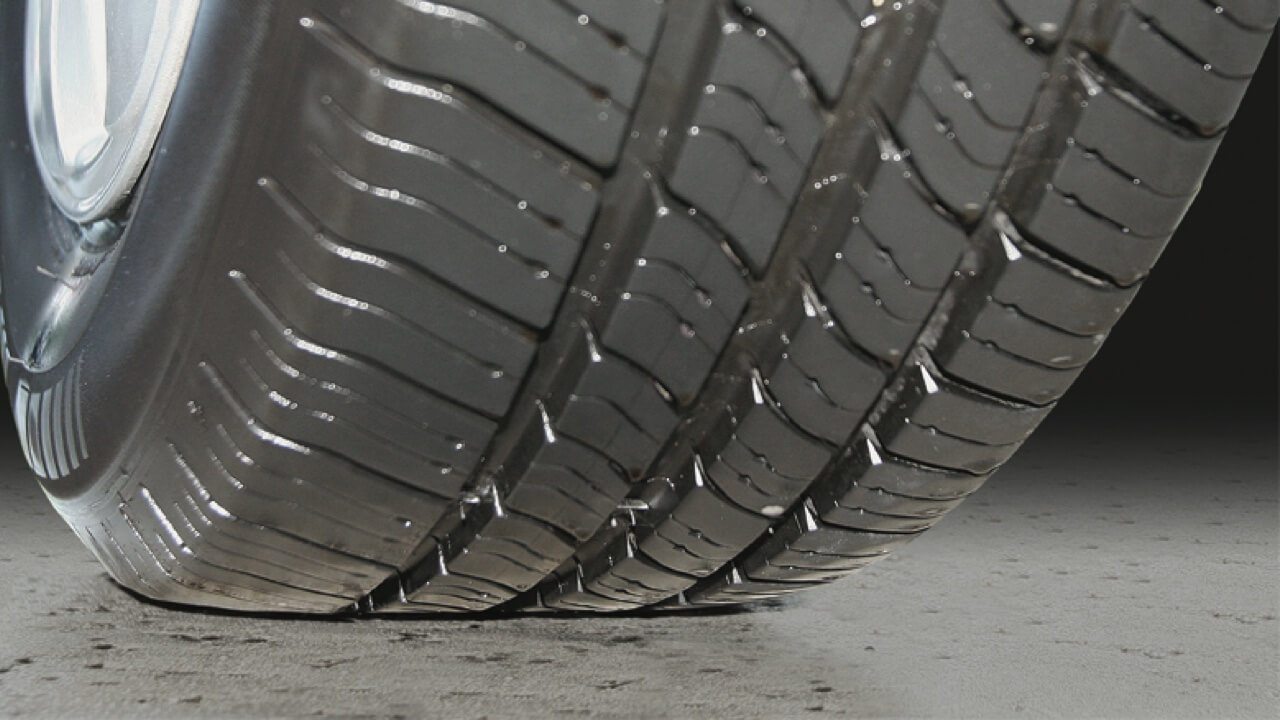
- Tread depth of ⅛ " or greater
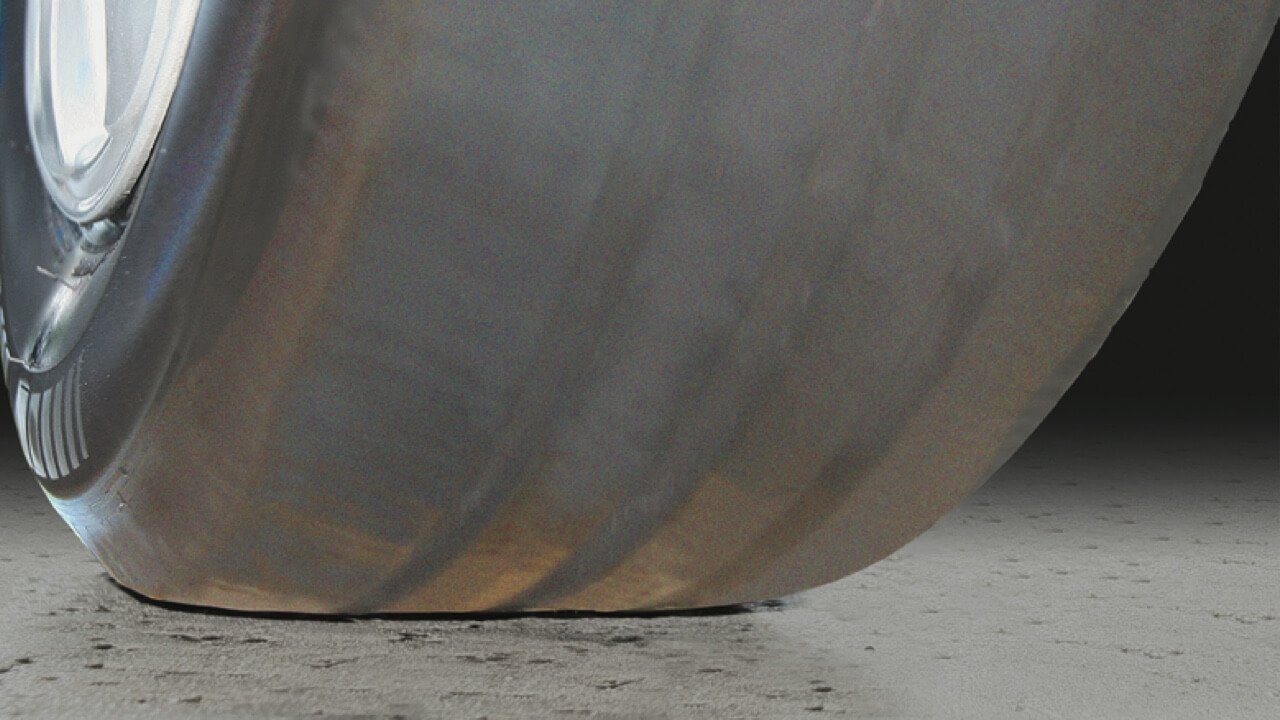
- Tread depth less than ⅛ "
- Tires that are the wrong size or speed rating
- Cut, torn or plugged sidewalls
- Missing spare tire, jack and/or tool kit (if applicable)
Frame

- Frame is not or has never been damaged

- Damaged or previously damaged frame
Alterations

- No modifications other than Toyota approved accessories

- Any modifications, such as suspension, vehicle color or paint schemes, lettering or graphics, holes in frames, post delivery customizing, power train or fuel system alterations, non-OEM or dealer installed tinted glass, or substandard repair
Trucks
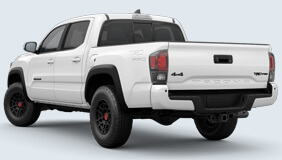
- No damage to the truck bed, top rails or tailgate
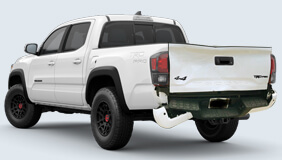
- Damage to the truck bed, top rails and/or tailgate
- Missing tailgate
Miscellaneous
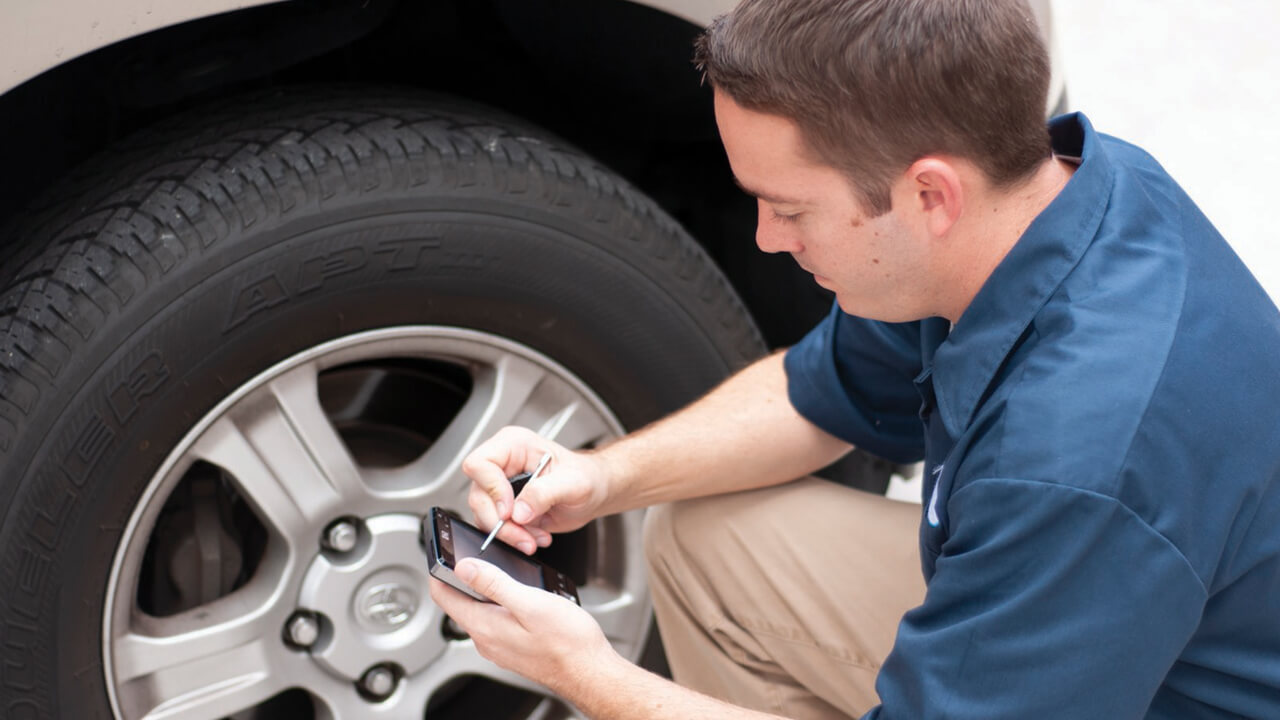
Complimentary vehicle inspection^
As another resource to help you understand the difference between normal and excessive use, you may want to consider a complimentary vehicle inspection with our vendor, although you can also review the vehicle on your own.
Between 45 to 60 days before your lease ends, OPENLANE Inspections, our authorized inspection service provider, will contact you to schedule and conduct a complimentary and comprehensive vehicle inspection. You could even schedule your inspection by calling 1-800-556-2811. Before your inspection, we recommend giving your vehicle an exterior wash, detailed interior cleaning, and removing all of your personal belongings in order to present the best curb appeal.
What to do if you have excess wear
Make sure any repairs are completed by a qualified expert, like your Toyota dealership, because this is the best way to make sure repairs are completed the right way (remember that improper repairs are still considered as excess wear). You can also turn in your vehicle “as is” which means that we will charge you for any excess wear in your final invoice. Some excess wear damage may also be covered by your insurance policy, but you want to make sure that you allow plenty of time to file and process a claim; the repairs need to be completed before your lease term is up and the vehicle needs to be returned.
Remember that if your vehicle inspection shows numerous items that will be charged as excess wear, you also have the option to purchase your vehicle at the end of your lease instead of paying for the damage: learn more about your lease-end options.

